Arthritis is a group of diseases caused by an infection caused by an inflammatory process in one or more joints, improper metabolism, disorders of the immune system. In this case, swelling, redness of the skin and an increase in temperature in the affected area are observed. The process can be acute or chronic. In the first case, the patient has acute pain in the knee or other joint, in the second case, the disease develops slowly in the acute stage due to insufficient treatment of the pathology. The most common types of arthritis are:
- osteoarthritis - damage to cartilage and adjacent bone tissue and muscle fibers;
- Rheumatoid arthritis is a chronic autoimmune connective tissue disease that causes irreversible changes in the wrist joints, phalanges of the fingers and toes, as well as systemic damage to the body.
- dystrophic - degenerative destruction of joints caused by metabolic disorders, vitamin deficiency, hypothermia or physical overload;
- traumatic - an inflammatory process that occurs in large joints (knee, elbow, shoulder) after injury;
- Gout (gout) - a systemic disease caused by an increase in uric acid in the blood and a violation of purine metabolism, most often occurs in men.
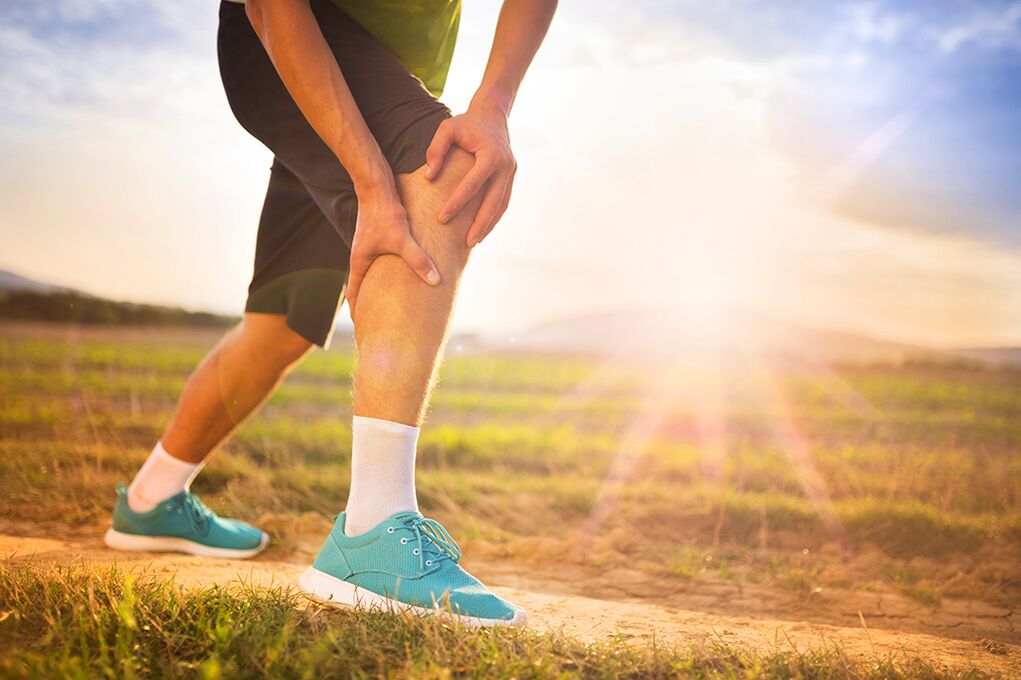
Causes of arthritis
Each type of arthritis has its own cause, in most cases:
- transmitted viral, parasitic, urogenital, fungal diseases;
- presence of foci of infection in the body in the form of phlegmon, abscesses, boils, tuberculosis, caries and others;
- injuries resulting in joint damage;
- excessive physical activity;
- allergies;
- hereditary predisposition;
- metabolic disease;
- unbalanced diet, lack of sufficient vitamins and trace elements in food;
- bad habits (smoking, drinking alcohol, taking illegal drugs);
- overweight.
arthritis symptoms
The causes of the disease may be different, but there are a number of characteristic symptoms that occur in all patients. If you have any symptoms, consult your doctor:
- severe joint pain when moving or touching the skin in the joint area;
- stiffness of movements in the morning after waking up;
- swelling around the patient's joints, periarticular tissues and ligaments;
- local hyperemia of the skin accompanied by fever;
- a characteristic crisis of the joints when making sudden movements;
- feeling tired quickly while doing simple work;
- permanent deformation of joints.
It is important!If you ignore the first symptoms and do not start treatment for arthritis, the disease will progress and the patient's quality of life will be significantly reduced. In this case, the process can become irreversible and lead to disability!
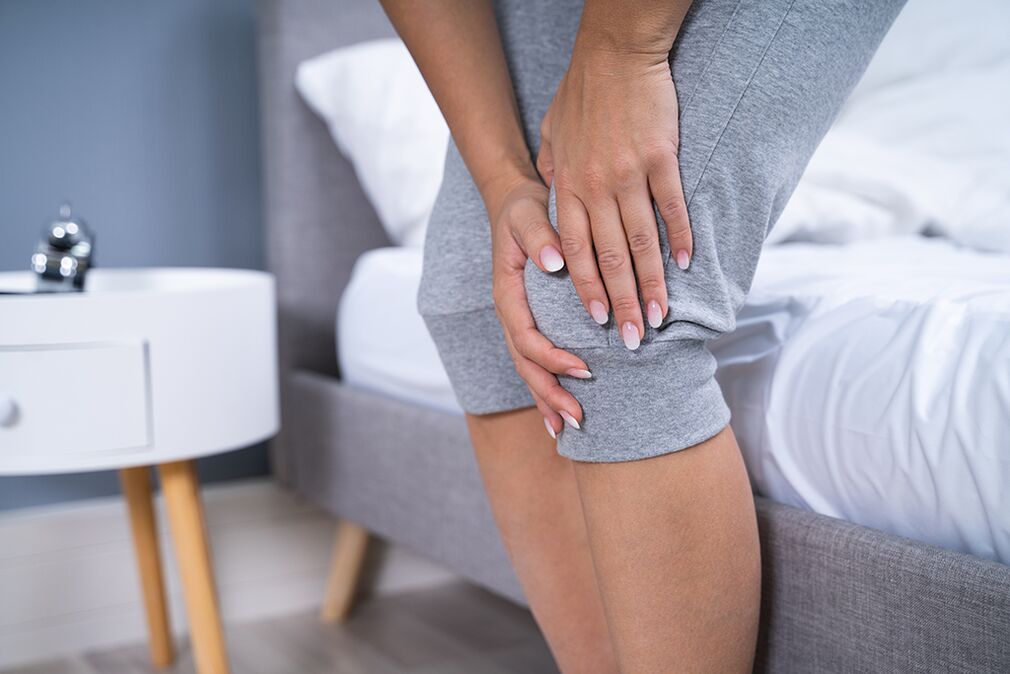
Stages of disease development
When determining the stage of the disease, the clinical manifestations of the pathology are taken into account:
- First, there is some restriction of joint mobility, self-service and professional ability are preserved.
- Second - the mobility of the joints is significantly limited, there is a crisis when moving, pain in the legs increases during walking and at night.
- Third - there is a noticeable deformation of the joints, stiffness and severe pain are noted, the ability to work is partially lost.
- Fourth - there is deformation of the joints and loss of mobility, cartilage is completely destroyed, severe pain creates a psycho-emotional burden, the patient loses the ability to serve himself.
Methods of treatment
Specialized clinics have an orthopedic department that treats arthritis with highly qualified traumatologists and orthopedists. The doctor chooses the treatment option depending on the severity of the diagnosis. In stages I and II of the disease conservative treatment is carried out:
- drug treatment, including intraarticular injections of hyaluronic acid and medications;
- SVF-therapy - treatment using cells of the stromal-vascular fraction obtained from the patient's adipose tissue;
- PRP therapy is the treatment of joints, tendons and ligaments with injections of plasma enriched with platelets taken from the patient's blood.
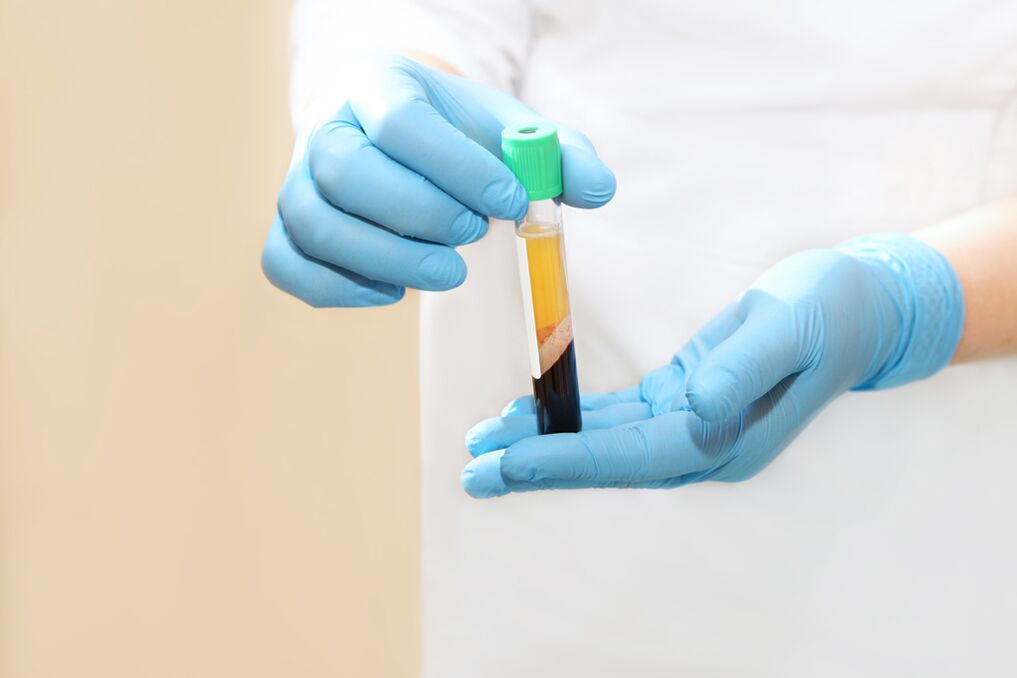
In the acute period, courses of periarticular blockade and anti-inflammatory drugs are carried out. Exercise therapy and physiotherapy are prescribed during remission. According to the instructions, surgical treatment is prescribed:
- corrective osteotomy of the bones of the lower leg, femur, knee joint to restore the axis of the lower extremity;
- Therapeutic and diagnostic arthroscopy (LDA) includes chondroplasty and micro-fractures to remove cartilage tissue defects.
In stage III, arthritis is treated surgically. The mobility of the hip joint is restored with the help of arthroplasty (total, unipolar, bipolar). A total prosthesis is performed during the replacement of the knee joint.
Prevention of arthritis
Follow your doctor's recommendations to prevent the development of the disease and to combine the results of treatment:
- avoid heavy loads on the joints;
- do physical exercises for stretching, as well as articular gymnastics;
- organize a proper diet, eat more fish, fresh vegetables and fruits;
- monitor your weight, wear comfortable shoes, protect your joints from the cold;
- to give up bad habits;
- take a course of preventive massage from time to time;
- strengthen immunity.
What is osteoarthritis
Osteoarthritis is a disease that is accompanied by deformation and destruction of cartilage tissue surrounding the adjacent joints. As a result, the bone tissue inside the joint thickens, cavities and pathological growths (osteophytes) form on it. Gradually, the space between the joints narrows and grows, losing its ability to move.
The disease most often develops in people aged 45-50 years and older. The most common form of pathology is deforming arthrosis, which affects the hip, knee and ankle joints, wrists and hands.
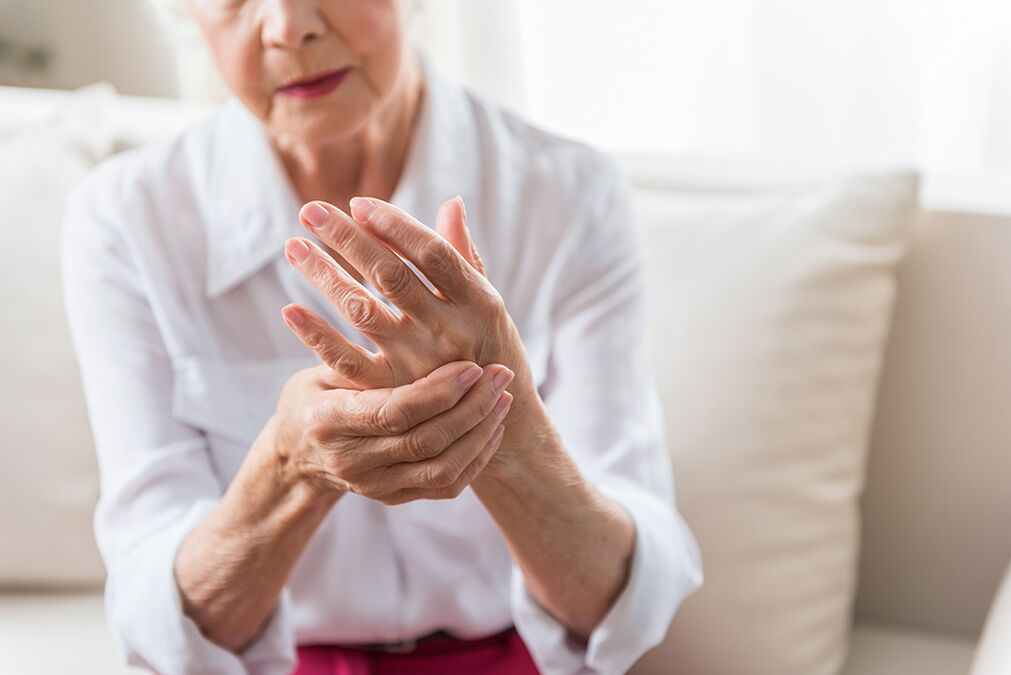
Causes of osteoarthritis
It is important!The main cause of osteoarthritis is a mismatch between physical activity and the ability of the articular joint to withstand this load. Chronic acute osteoarthritis can lead to joint deformity and destruction.
Possible causes of pathology may be:
- diseases of the endocrine system - diabetes, obesity, hyperthyroidism, excessive secretion of pituitary and parathyroid hormones;
- various injuries: fractures, bruises, dislocations, hernia ligaments with displacement of articular surfaces relative to the normal axis;
- inflammatory processes in the body;
- metabolic disease;
- congenital pathologies - straight legs, muscles of different lengths, dysplasia;
- peripheral neuropathy as a result of diabetes or alcohol abuse;
- hypothermia, etc.
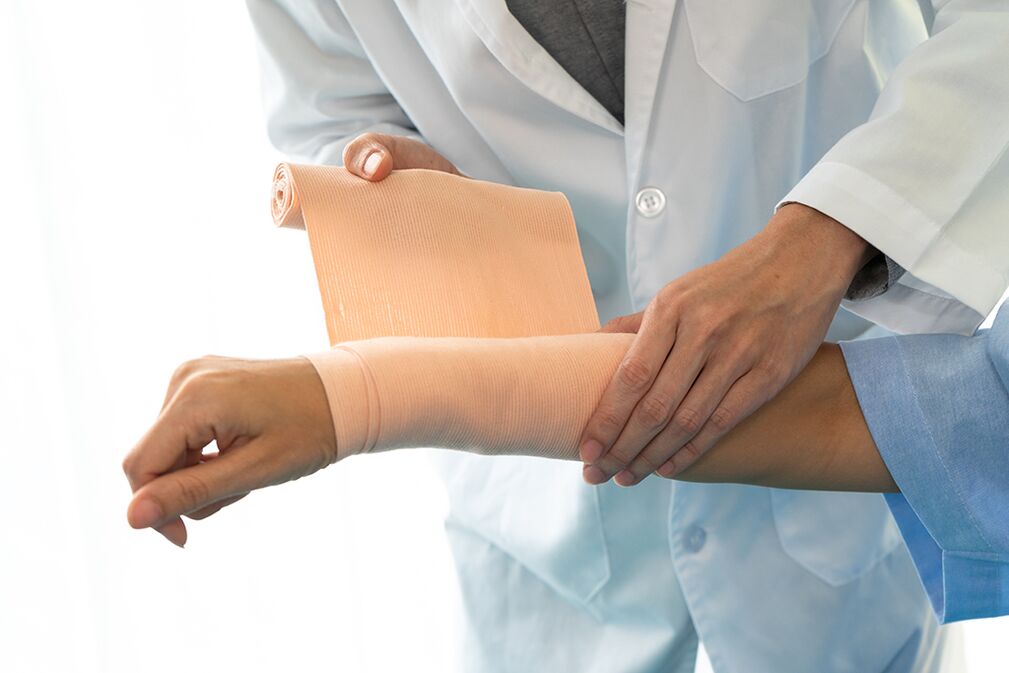
Symptoms of osteoarthritis
The disease develops gradually, so the symptoms of the pathology appear after the destruction of the joints. Patients report the following as the main symptoms:
- crisis that occurs while moving;
- joint pain during heavy physical exertion;
- increased stiffness in the morning after waking up;
- deterioration of joint mobility;
- deformity of the fingers and toes due to bone growth;
- Painful pain when the weather conditions and atmospheric pressure change, as well as night pains.
Stages of osteoarthritis
In the absence of treatment, there are three stages of osteoarthritis:
- Stage I - the mobility of the joints is somewhat limited, the amount of nutrients in the synovial fluid is reduced, the load on the joint causes pain.
- Stage II - the mobility of the joints is significantly limited, the cartilage begins to break down, a crisis and pain appear during movement.
- Stage III - destruction of cartilage structure and deformation of the joint area, osteophytes form in the bone tissue, the joint practically loses mobility, the pain syndrome becomes permanent.
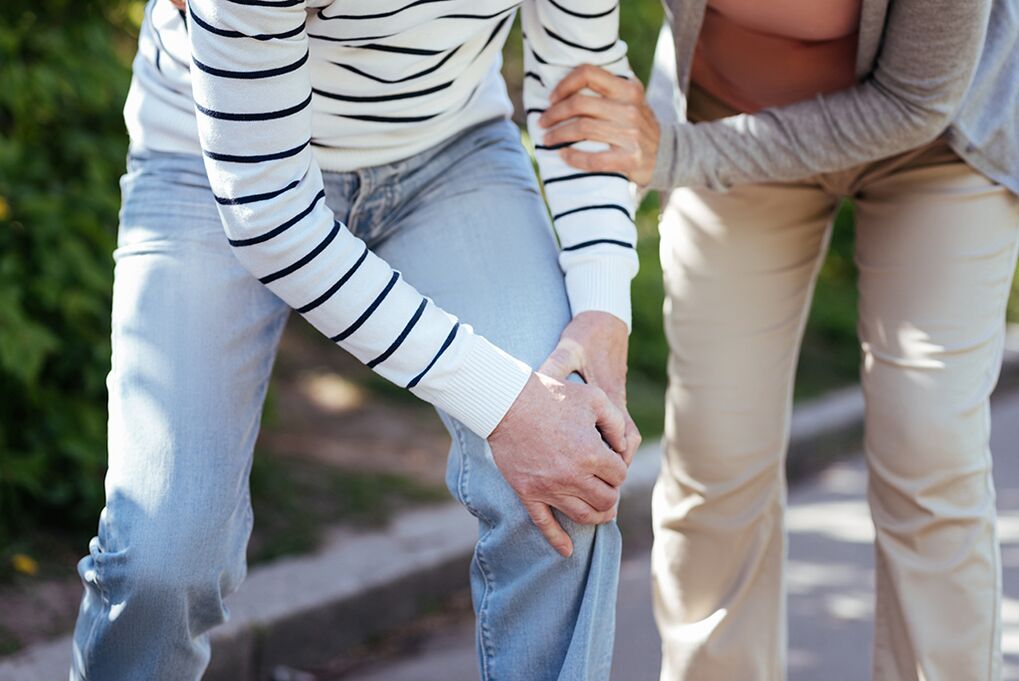
Methods of treatment
Treatment of osteoarthritis aims to eliminate the cause of the disease, relieve pain, and restore cartilage to restore joint mobility..For this, the patient is prescribed painkillers and anti-inflammatory drugs. The first and second stages are also carried out:
- injection therapy with co-administration of hyaluronic acid;
- SVF-therapy is based on the ability of the stromal-vascular fraction of adipose tissue to stimulate the regeneration of a damaged joint;
- PRP-therapy with injection of drugs that eliminate inflammation and reduce pain into the joint cavity;
- periarticular blockages with the introduction of drugs that restore joint mobility into the periarticular tissues.
In cases of long-term pain, surgical treatment is performed:
- corrective osteotomy for the restoration of destroyed joints (knee, thigh, ankle, etc. );
- chondroplasty and micro-fracture to remove cartilage defects, including therapeutic and diagnostic arthroscopy.
Physiotherapy, exercise therapy and massage are recommended during remission.
In the third stage of osteoarthritis, pelvic arthroplasty (total, bipolar, unipolar) and total knee prosthesis are performed.
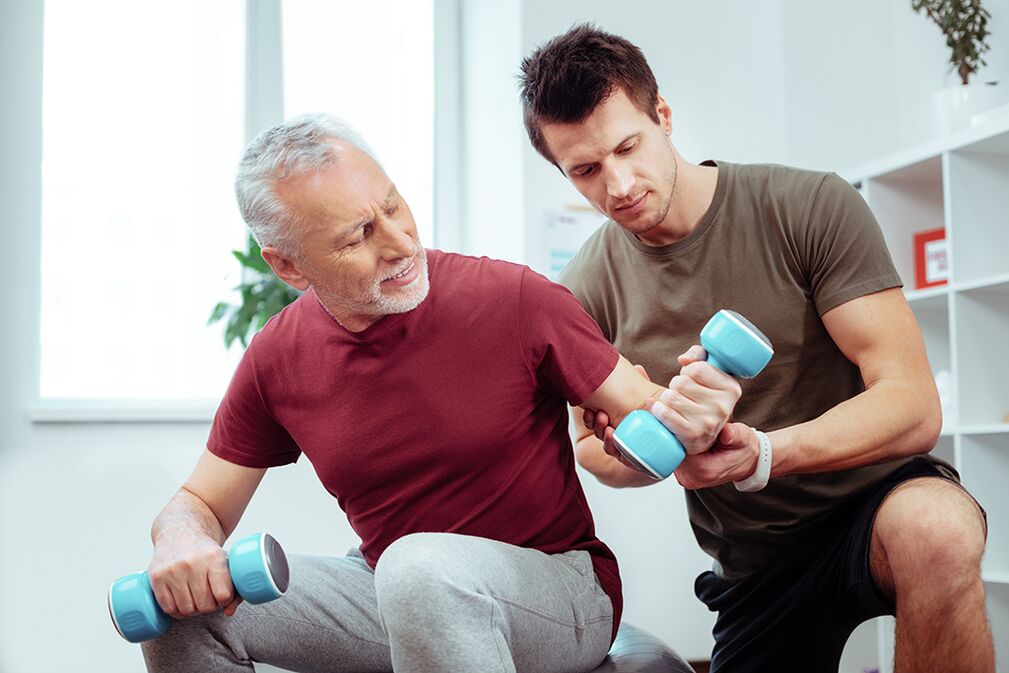
Prevention of osteoarthritis
To prevent the development of osteoarthritis, experts recommend:
- avoid heavy loads on the joints;
- eat right, include collagen and omega-3 foods in your diet;
- if possible, exercise regularly to visit the pool;
- do not overcool;
- wear comfortable shoes;
- to give up bad habits;
- weight control.
It is impossible to say which is more dangerous: arthritis or osteoarthritis, because if left untreated, in both cases there is complete immobility of the joints, which can result in their destruction and disability. Therefore, it is important to remember that with timely treatment at the clinic, the patient can rely on a favorable prognosis.

























